
Green garden in the middle of the steppe
The botanical garden in Zhezkazgan is one of the oldest in the country. Moreover, it can be said that it appeared much earlier than many industrial giants in the Zhezkazgan region. It can be rightly called unique. In difficult climatic conditions. The decision to create it was made in the early thirties, when Central Kazakhstan was actively developing its wealth. The unique garden was founded in the most difficult climatic conditions. Today it covers almost 62 hectares. And there is a unique collection - about 1500 varieties of different plants, these are trees, shrubs and ornamental plants. And everything started, as it usually does, from small. In the second half of the thirties 30s the first seedlings were planted here. But it really flourished largely thanks to the efforts of the agronomist scientist, a representative of the dynasty of famous scientists - Igor Fortunatov. A graduate of the Timiryazev Agricultural Academy was here for a quite ordinary reason for those years - he was accused of counter-revolutionary activity.
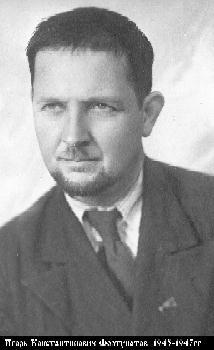
Photo by kuz1.pstbi.ccas.ru
On 25 January 1933, Igor Fortunatov was arrested and imprisoned in Butyrskaya prison. As Igor Fortunatov recollected later: "I saw a lot of familiar faces from the window of Butyrka in the prison yard". On 10 April 1933 by the Special Meeting at the Board of OGPU (Unified State Political Department) of the USSR he was sentenced to 5 years of correctional labour camps. The 24-year-old young man was sent to the Dolinsk branch of Karlag. Thus, he bound his future for many years to our country. In Karlag, Igor Konstantinovich worked by profession - was responsible for the development of local gardens. And, which was very rare, he could move freely around the camp. But, whatever freedom a person had in places not so far away, it is still life under barbed wire. But life went on, especially since a young scientist was allowed to do scientific work. For even here, scientists were needed. Several state farms operated at the camp, where Igor Fortunatov was then sent. The young man was entrusted to head a state farm with a great name "Giant". And indeed, after a while it began to work as a well-established giant mechanism. Thus, thanks to him the first botanical garden was founded in Central Kazakhstan - the pride of the future city of metallurgists in the steppes of Ulytau. Here, strange as it may seem, far from civilization, an agronomist and gardener was able to do scientific research. Igor Konstantinovich began to grow more than 85 varieties of fruit-berry plants, 30 species of trees and bushes. The scientist dreamed to provide workers of the industrial enterprises of the Central Kazakhstan with fresh vegetables, fruits, to improve, that is to green up mines and working settlements which appeared here. Of course, Igor Konstantinovich was not a single agrarian in Karlaga. Along with him, the imprisonment was served by the agronomist technician A.G. Razba, gardener-practitioner M.F. Vorotko, gardeners D.R. Khristolyubov, A.S. Popov, I.A. Zdesyuk and many other prominent representatives of the Soviet agricultural science. Igor Konstantinovich's sister, who visited her brother in Karlag, described what she saw in September 1935 - "found there all the elite of Timiryazevskaya Academy". Three years later, Fortunatov was released from prison. And he stayed in Kazakhstan for many years. Here he participated in the study of the Betpak-Dala desert, was the head of the experimental garden of the Karaganda selection agricultural station, worked for several years in the Academy of Sciences of the Kazakh SSR, and later defended his PhD thesis on "Cultural dendrophil of Dzhezkazgan".
Achievements of Karlag's agrarians
Sister of Igor Fortunatov - Olga Fortunatova very accurately described what she saw in Karaganda labor camp. The sentence here in second half of the thirtieth was served by 139 scientists-agrarians. And the task set before them was to organize a large food base for the future coal-metallurgical flagships of Karaganda, Zhezkazgan and Balkhash. And they had to grow this very food on specially created state farm "Giant" behind barbed wire. All scientific work was conducted at the agricultural experimental station. At the same time, the share of agriculture was more than 58%, and industry was slightly more than 41%. And as one of Karlag's prisoners, cartographer Georgi Ivanovich Levin, who stayed in Karaganda for many years, later recalled: "In Karlag's time it was a blossoming corner, an oasis in the desert. A grand irrigation system, noisy among steppes, forests and oaks. The village of Dolinka (the capital of Karlag) was buried in greenery". Today it is obvious that the achievements of agricultural scientists, who by the will of the fates came to be in Karlag, have made their contribution to the study and development of the lands of the Central Kazakhstan region.




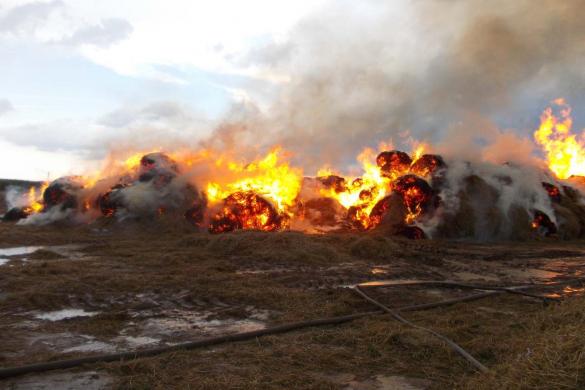
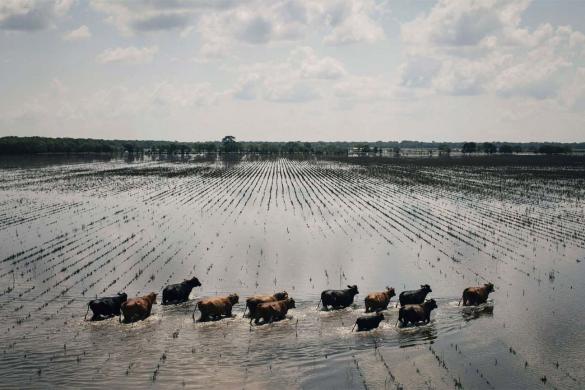








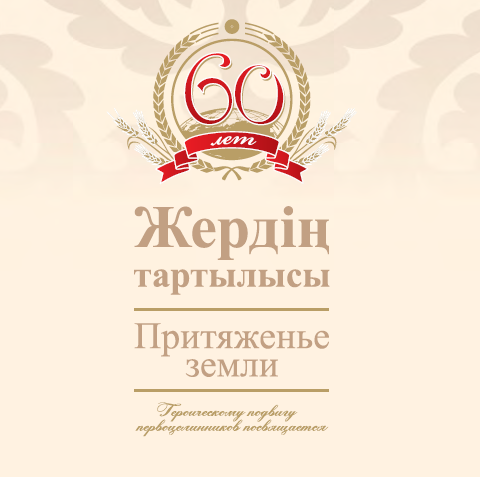
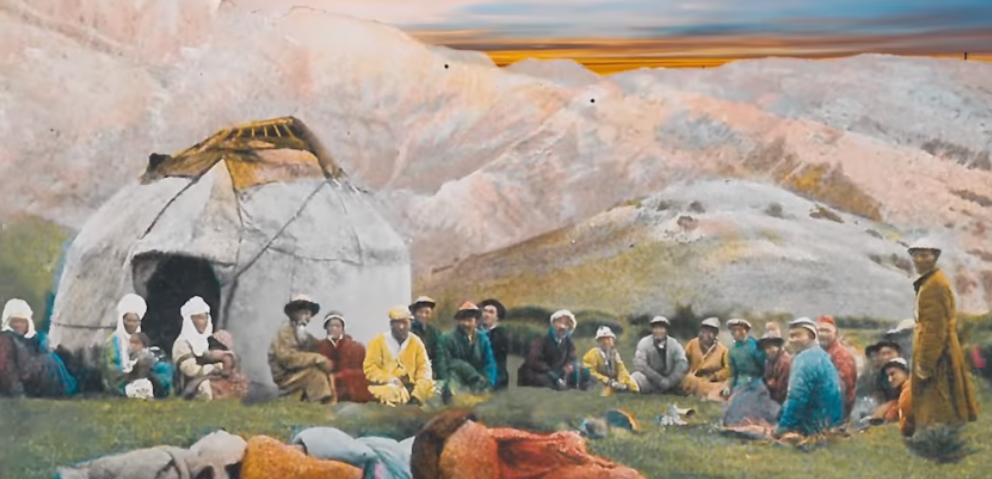
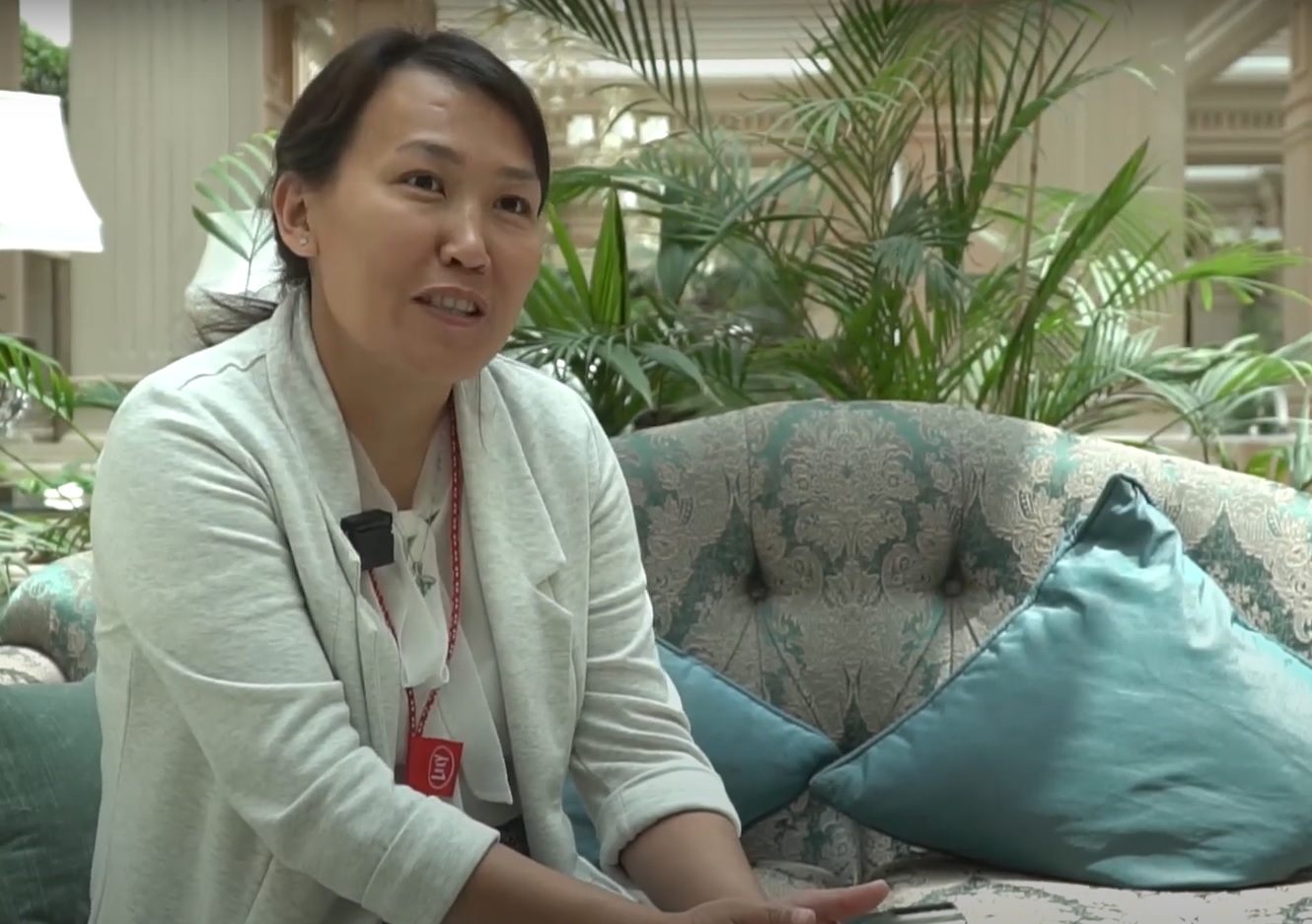
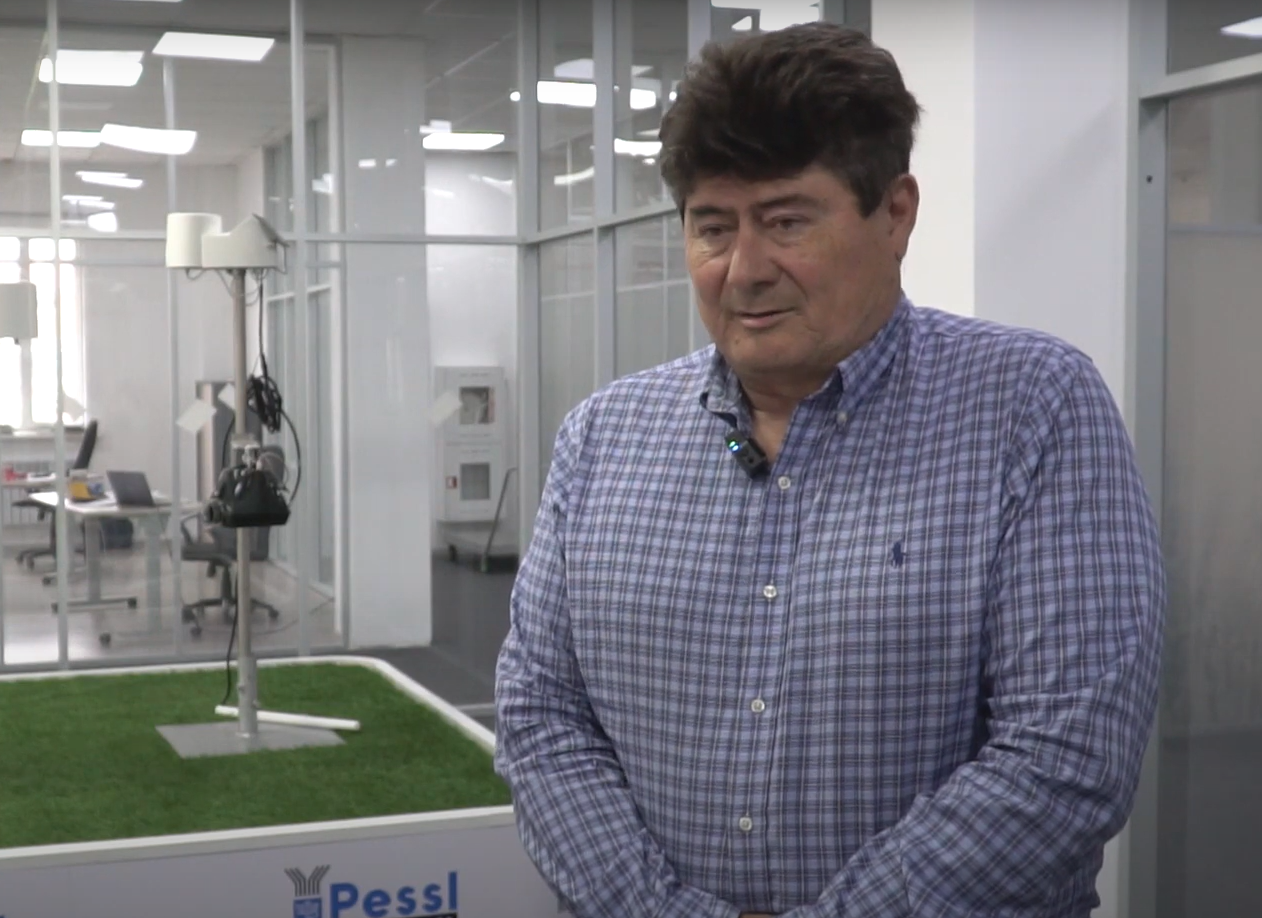
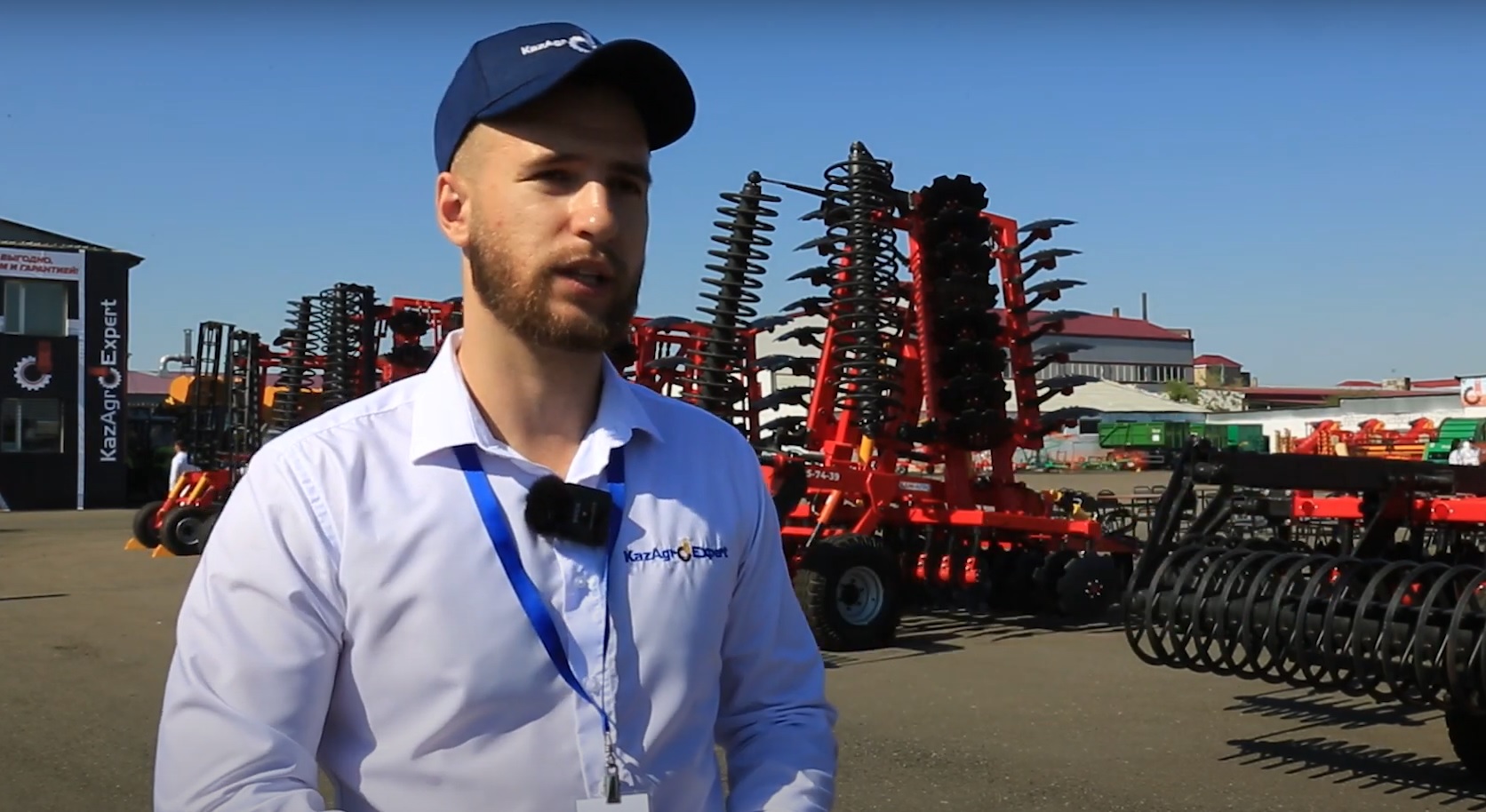

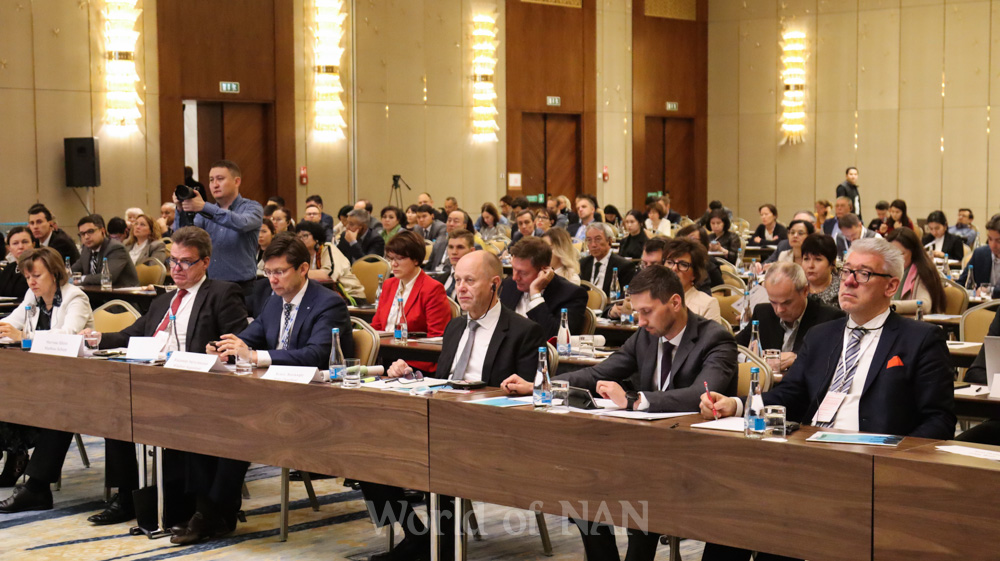
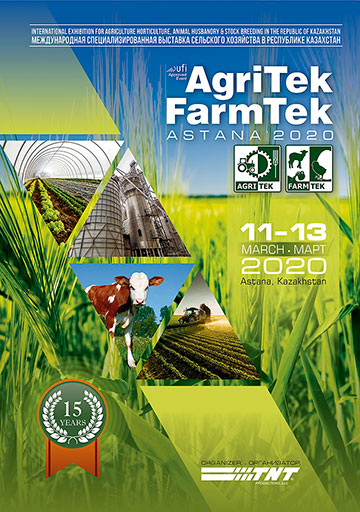



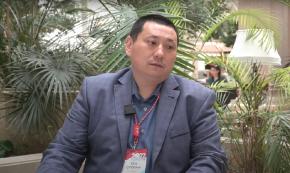
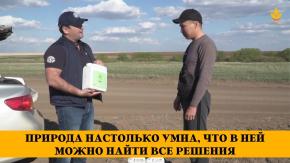

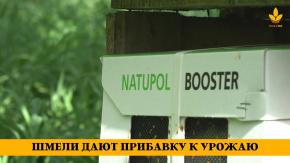



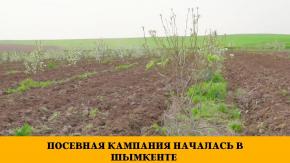






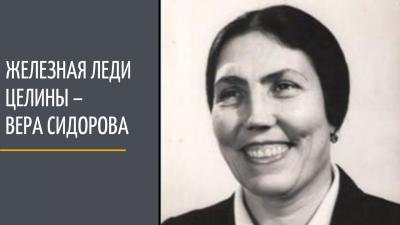
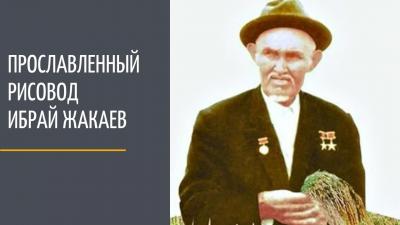
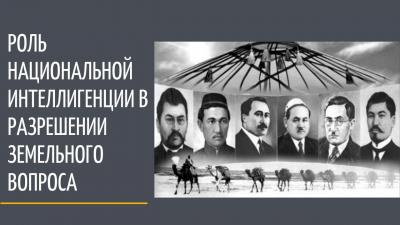
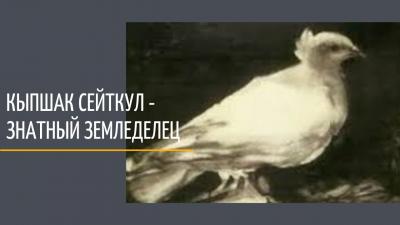
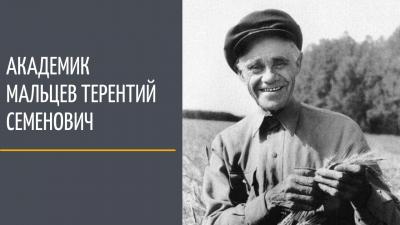

Обсуждение